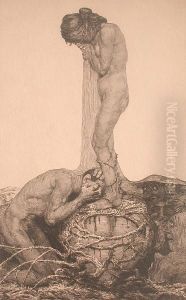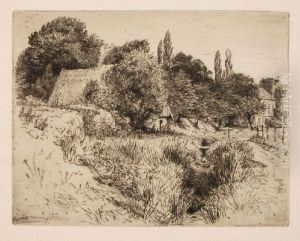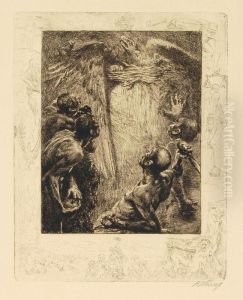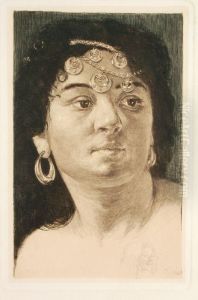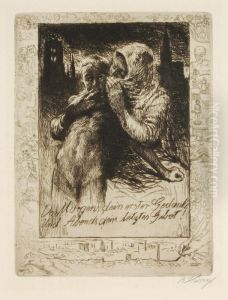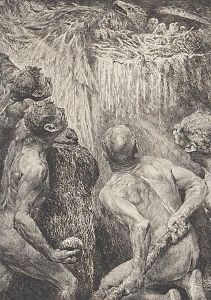Bruno Heroux Paintings
Bruno Heroux was a notable German artist primarily recognized for his work as a painter and graphic artist. Born on May 18, 1868, in Leipzig, Germany, Heroux grew up during a period rich in artistic evolution in Europe. He displayed a keen interest in art from a young age and pursued his passion through formal education in the arts.
Heroux studied at the Academy of Fine Arts in Leipzig, where he honed his skills and developed his style. His early work was influenced by the academic and realistic styles of painting prevalent during the late 19th century. However, as his career progressed, he began to incorporate elements of Impressionism and Symbolism, adapting to the changing artistic trends of his time.
Throughout his career, Bruno Heroux was well-regarded for his portraits, landscapes, and urban scenes. His paintings often captured the essence of the milieu he lived in, reflecting the social and cultural atmosphere of the early 20th century. He was skilled at using light and shadow to create mood and atmosphere in his works, a characteristic that drew many admirers to his paintings.
In addition to painting, Heroux was an accomplished printmaker. He experimented with various techniques, including etching and lithography, which allowed him to reach a broader audience through reproduced images. His graphic works are characterized by their detailed line work and expressive quality, which stood out in the graphic art scene of the time.
Bruno Heroux's contributions to art were not limited to his own creations. He also played a significant role in promoting the arts and supporting fellow artists. He was a member of multiple art associations and served as a professor at the Academy of Graphic Arts and Book Trade in Leipzig, where he influenced a new generation of artists with his teachings and mentorship.
Heroux's work was widely exhibited during his lifetime, and he received several awards and honors for his artistic achievements. His legacy continued after his death on November 11, 1944, in Leipzig, as his works remained in collections and continued to be appreciated by art enthusiasts and historians alike. His art captures a snapshot of German society and the artistic landscape of the era, making his contributions valuable to the understanding of European art history.
